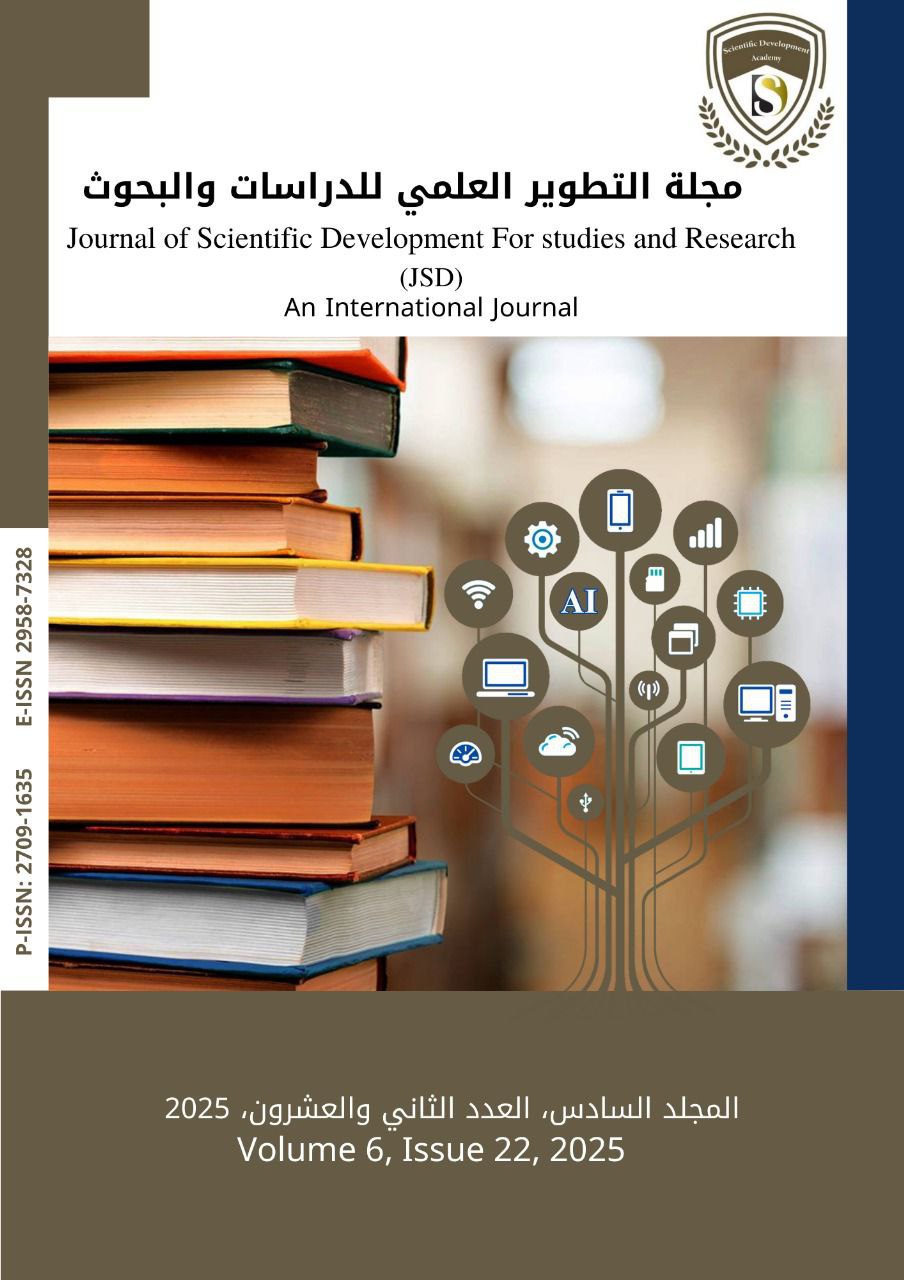Translation and building the literary imagination around the other –Translation contexts and meaning reconstrucion-
DOI:
https://doi.org/10.61212/jsd/311Keywords:
Translation, ; Representation, Imagination;, The Other, Literary Cross-Pollination.Abstract
There is no disagreement among rational individuals that translation is a fundamental bridge for communication and cultural and literary exchange. Consequently, this bridge has historically served as a mediator between different peoples, facilitating the transfer of experiences and life lessons across various fields of knowledge, particularly in the humanities. Similarly, the Arabs have utilized translation as a primary means to understand the Other, construct their own representations, and affirm their authenticity in the face of the diversity conveyed by the imagined Other.
Therefore, this research aims to highlight the importance of translation in establishing a conduit for understanding various neighboring cultures spread across the globe. It emphasizes the mutual benefits derived from translating the humanities, particularly in the field of literature, which is characterized by its potential for dissemination, expansion, and popularity. Moreover, it reveals areas of both commonality and difference, and it undoubtedly contributes to the development and flourishing of this field, especially concerning the evolution of Arabic literary genres and modern critical methodologies.
In this context, we will attempt to familiarize the audience with the historical contexts of Arabic translations through a specific methodology that aligns with their participation in the internal scientific renaissance and its external reflections. This has contributed to the establishment of a distinct Arab radiance, inevitably leading to the creation of various discourses that have made the realm of literary creativity abundant and a fertile ground for all lovers of both Arabic and global literature.
Downloads
Published
Issue
Section
License
Copyright (c) 2025 Journal of Scientific Development for Studies and Research (JSD)

This work is licensed under a Creative Commons Attribution 4.0 International License.




























